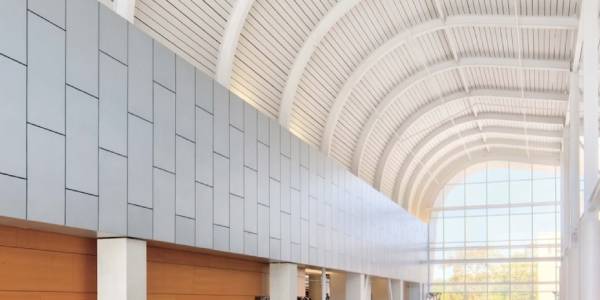SPRI posts paper on construction generated moisture and its effect on roofing systems

This new document that addresses construction-generated moisture and its impact on commercial roofing systems.
SPRI, Inc., the trade association representing the manufacturers of single-ply roofing systems and related component materials, has posted a new document that addresses construction-generated moisture and its impact on commercial roofing systems.
Construction-generated moisture comes from a wide variety of activities including pouring concrete, burning propane heaters, painting, plastering and drywall finishing. These activities and others can contribute to excessive levels of relative humidity inside the structure when proper remediation measures are not taken. The result can be the accumulation of condensation within the roofing assembly and within the structure when the temperature is at or below the dew point.
To control construction-generated moisture, roof design professionals must identify the sources of moisture and develop a remediation plan to implement during the design process. To reduce the probability of condensation, buildings under construction must be adequately ventilated, particularly during concrete hydration and other high moisture-related construction activities.
Among the list of specific SPRI recommendations are avoiding the use of wet materials, or materials with excessive moisture, installing vapor retarders in the roof assembly, avoiding penetrating vapor barriers, installing at least two layers of insulation and always sealing deck-to-wall joints and gaps around roof penetrations.
The paper, titled ‘Construction-Generated Moisture and its Effect on Roof Systems,’ was written by SPRI Technical Director Chadwick Collins, and is available online at SPRI.org or by clicking here.
About SPRI
SPRI is the leading authority on single-ply roofing, dealing exclusively with thermoset, thermoplastic, and modified bitumen roofing systems and materials. Through an open forum for discussion, education and innovation, our dedicated commercial roofing industry experts provide ongoing resources and expertise to contractors, architects, and building owners. For additional information, please visit www.SPRI.org, send email to info@spri.org, or call 781.647.7026.





















Comments
Leave a Reply
Have an account? Login to leave a comment!
Sign In